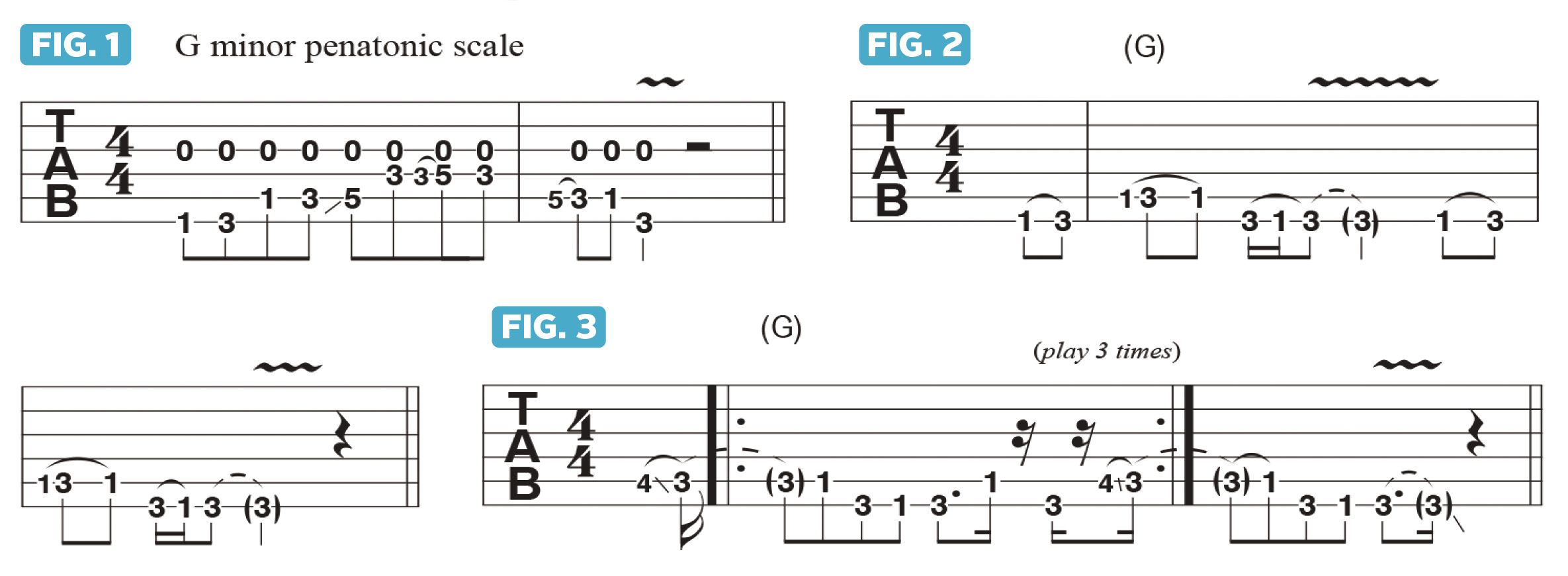“I wanted to come up with a hypnotic riff and had the Rolling Stones’ Miss You in mind”: Jared James Nichols on how Keith Richards and ZZ Top influenced one of his most memorable riffs – and what Eddie Kramer told him about songwriting
The fingerstyle blues-rock phenom shows us how open drone strings and simplicity can be used to write a riff that you can build a whole song around, just as he did on Honey Forgive Me
This month, I’d like to discuss some of the approaches I use to create solid, memorable riffs that I can then build upon when writing songs. So often, as most guitar players do, I’ll noodle around ’til I hit on a riff and say, “That’s pretty cool.” You know you have something special when you find a riff that you can feel inspired to build an entire song around.
For all of the material I write for my band, I always begin with a nucleus of an idea that I can then expand into a solid and effective song. A good example is Honey Forgive Me.
Writing this tune’s riffs was all about using my open G string along with every note of the G minor pentatonic scale (G, B, D, D, F). In Figure 1, I ascend through each note of the scale in 1st and 3rd positions while additionally sounding my open G string.
I wanted to come up with a hypnotic riff and had the Rolling Stones’ Miss You in mind. Figure 2 illustrates a phrase along the lines of that tune. I was also thinking about ZZ Top’s Billy Gibbons, who has written a bunch of great songs built around open drone strings, such as Jesus Just Left Chicago.
Figure 3 shows the motif that formed the basis for the main riff in “Honey Forgive Me.” I added the open G string to each note in the phrase, resulting in Figure 4, which became the tune’s chorus riff.
The “bread and butter” for me is honing a riff like this and figuring out where to go with it in order to put the pieces together to write a song. To me, if a riff is too “busy,” it will make it harder to come up with a vocal melody that will work over it.
Simple is always a better way to go. For example, I find that a good way to devise a verse riff is to simplify my initial idea and boil it down to something basic and groove-oriented that will support a verse vocal part without overshadowing it.
All the latest guitar news, interviews, lessons, reviews, deals and more, direct to your inbox!
Figure 5 shows the verse riff in Honey Forgive Me, which is built from a repeating F-to-G pattern played in sync with the open D and G strings.
I was very fortunate to have recorded this song with legendary recording engineer Eddie Kramer, who said to me, “Jared, with guys like you, it’s all about the riff.” I showed him a few tunes, including this one, the way I had originally written it, which was a bit busier.
He said, “All of your songs have too many riffs! Give me a great riff, then cut it down for the verse and then we can see where to go for the chorus. Take something small and try to get as much out of it as you can.”
For the chorus, I came up with a slight variation, shown in Figure 6, which nicely matches my vocal melody, in a Jimi Hendrix kind of way.
When you have a rock-solid riff, it’ll give you a great springboard for a solo section, so that the two parts will balance well against one another. Figure 7 shows the riff for the tune’s solo section.
And for the solo, I jump up to the next higher octave and constructed the phrase depicted in Figure 8, which I built from a simple melody played on the B string in tandem with the open G and D strings.
- This article first appeared in Guitar World. Subscribe and save.
Jared James Nichols is a blues-rock guitarist with two signature Epiphone Les Paul models (and a Blackstar amp) to his name. His latest album is 2023's Jared James Nichols.
You must confirm your public display name before commenting
Please logout and then login again, you will then be prompted to enter your display name.







